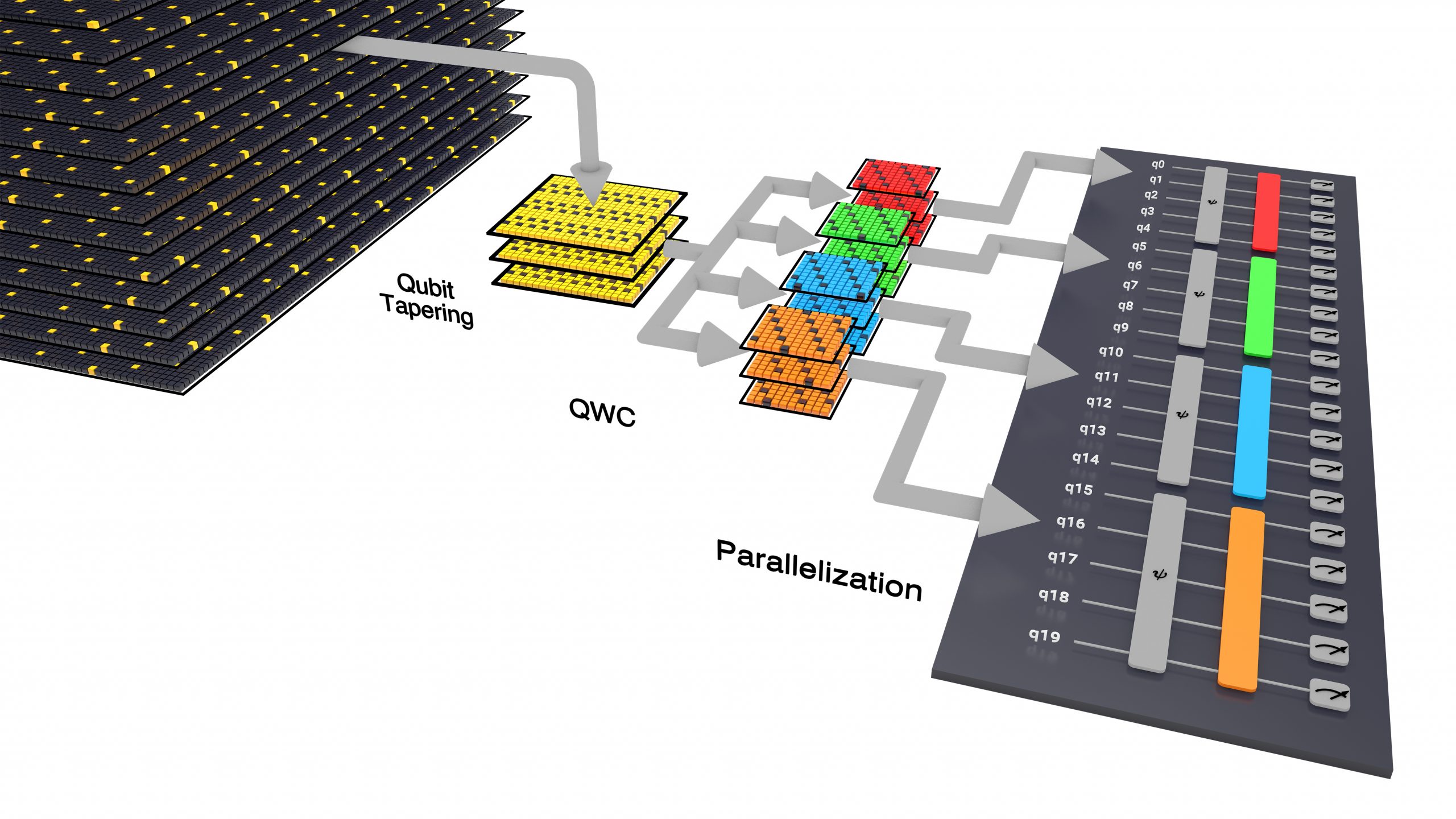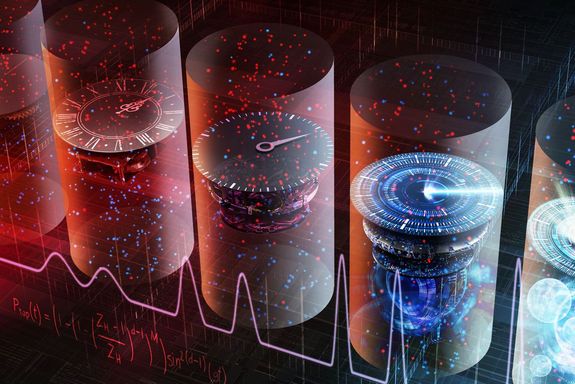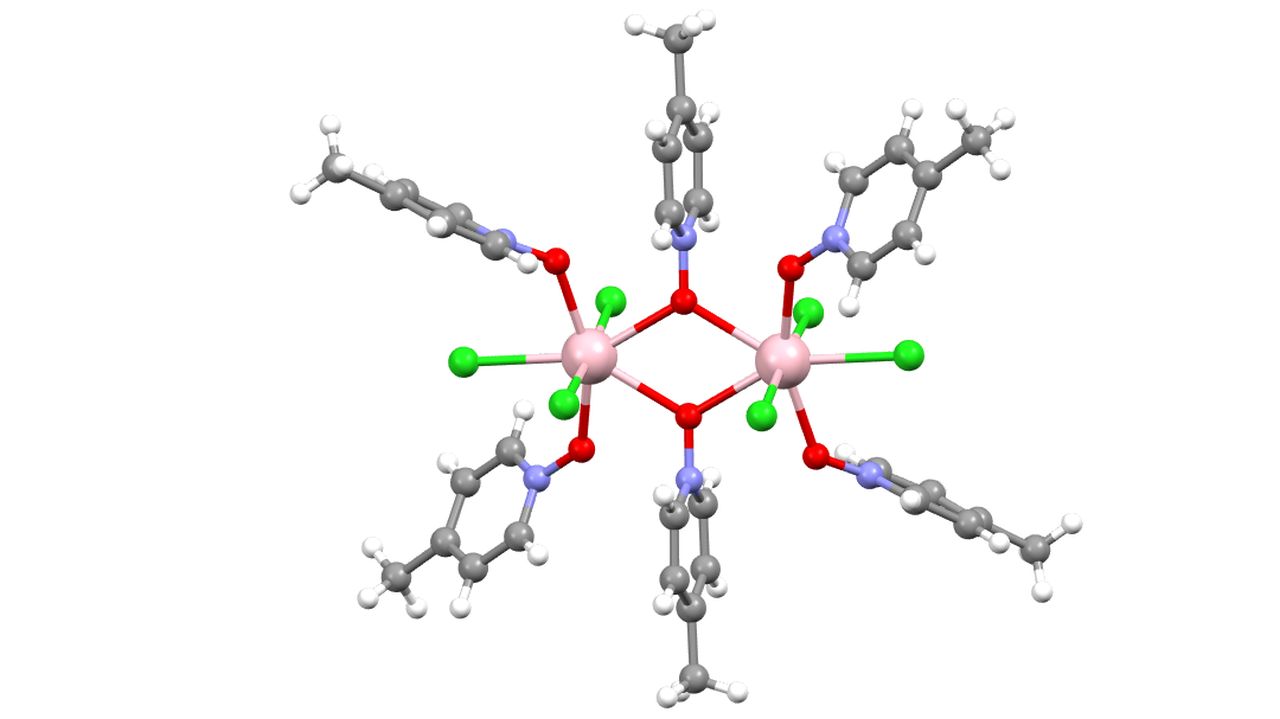
Quantum computers have the potential to outperform conventional computers on some tasks, including complex optimization...
Read More

Quantum computers have the potential to outperform conventional computers on some tasks, including complex optimization...
Read More
Using the full capabilities of the Quantinuum H1-1 quantum computer, resear...
Read More
Erasing data perfectly and reaching the lowest possible temperature — those two things seem to be completely different, but they are closely intertwined. The absolute lowest temperature possible is -273.15 degrees Celsius. It is never possible to cool any object exactly to this temperature — one can only approach absolute zero. This is the third law of thermodynamics.
A research team at TU Wien (Vienna) has now investigated the question: How can this law be reconciled with the rules of quantum physics? They succeeded in developing a “quantum version” of the third law of thermodynamics: Theoretically, absolute ze...
Read More
Light can be used to operate quantum information processing systems, e.g. quantum computers, quickly and efficiently. Researchers at Karlsruhe Institute of Technology (KIT) and Chimie ParisTech/CNRS have now significantly advanced the development of molecule-based materials suitable for use as light-addressable fundamental quantum units. As they report in the journal Nature Communications, they have demonstrated for the first time the possibility of addressing nuclear spin levels of a molecular complex of europium(III) rare-earth ions with light.
Whether in drug development, communication, or for climate forecasts: Processing information quickly and efficiently is crucial i...
Read More
Recent Comments